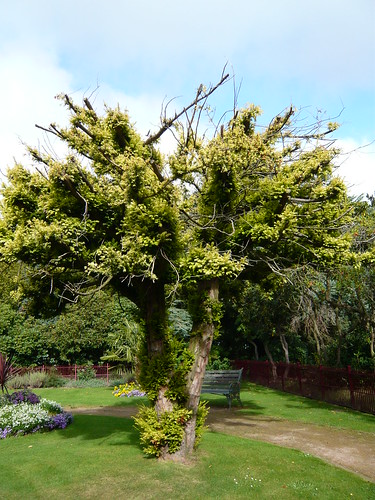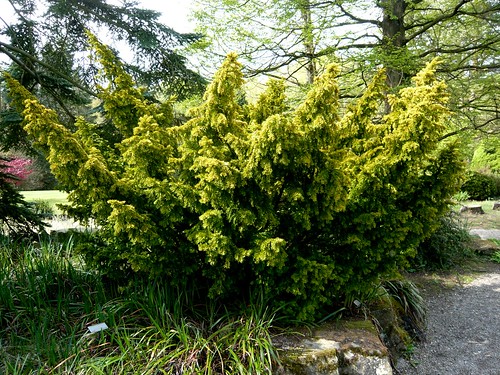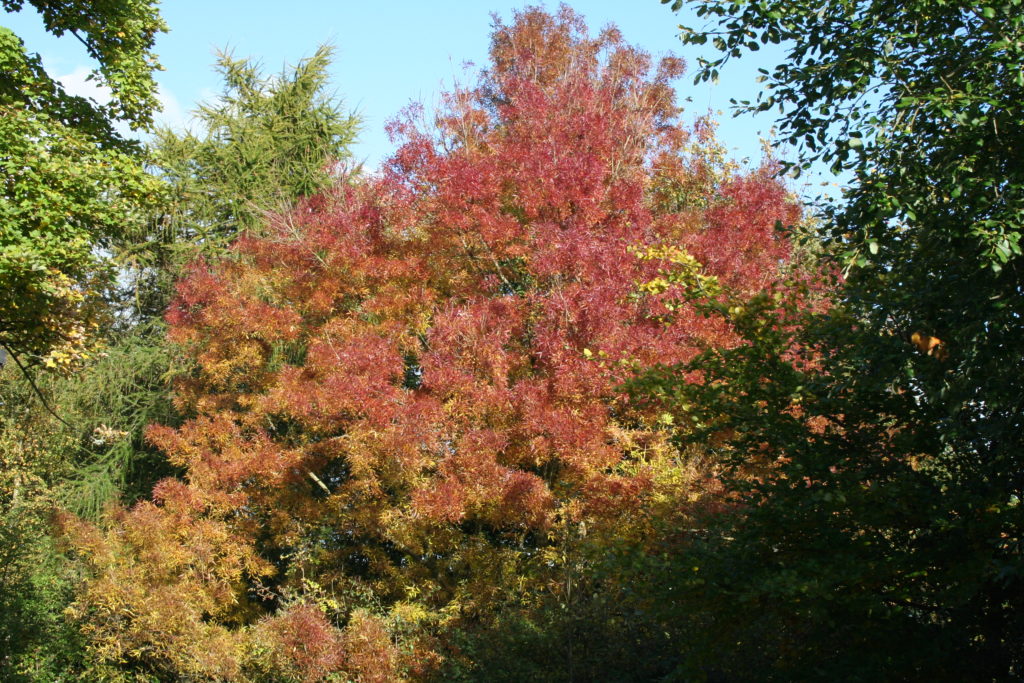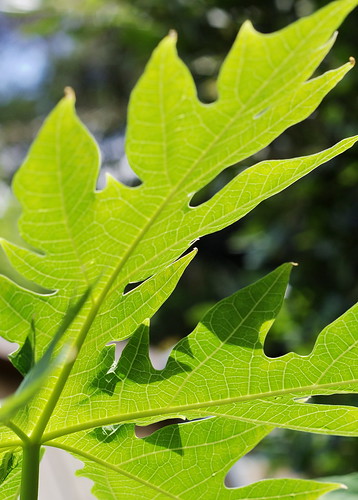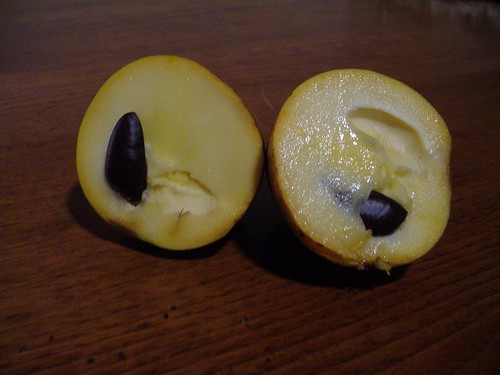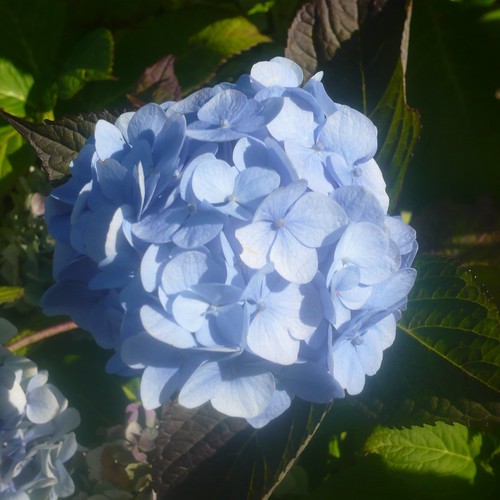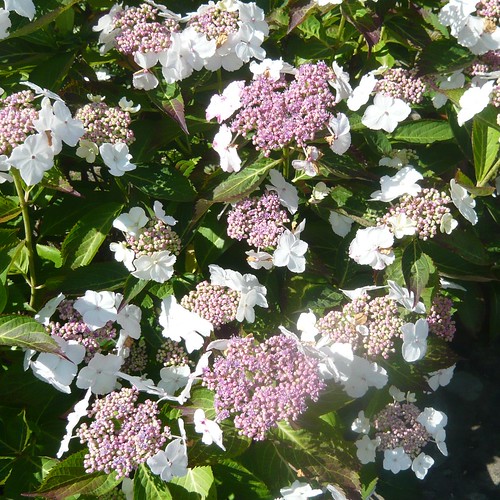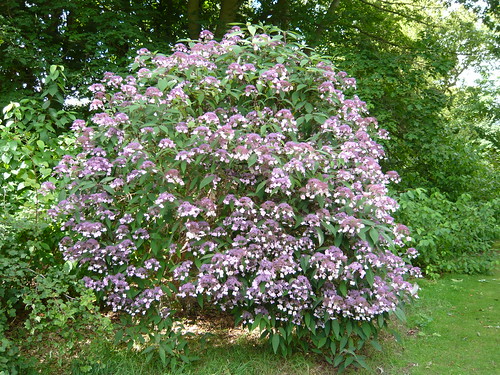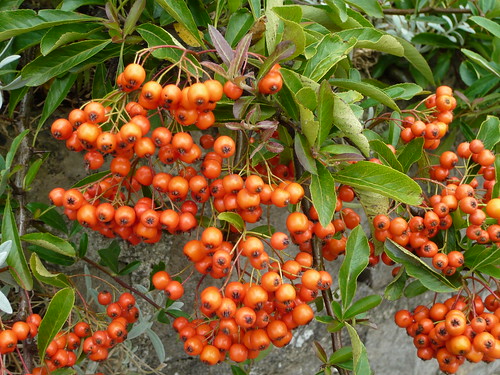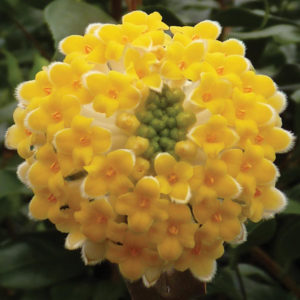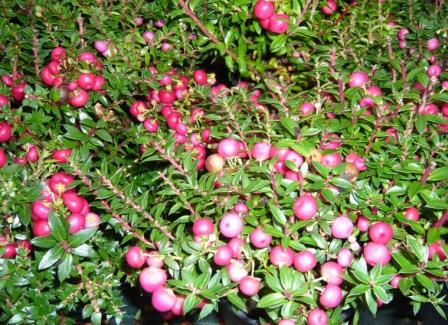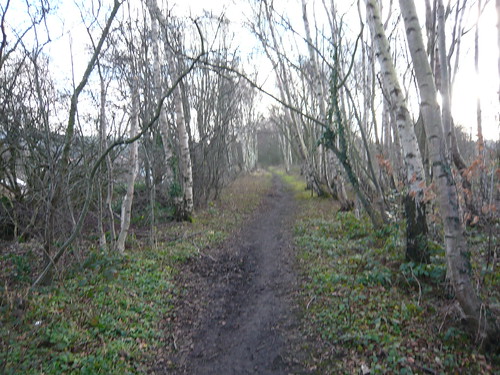Roses are Red and Charitable Too
I am miffed that the Royal National Rose Society has gone into administration (May 2017). Originally formed in 1876 it owns land in St Albans but finds annual running costs onerous. As small compensation here are details about a couple of charitable red roses.

- This rose was bred in 2000 by Harkness roses and named to help raise awareness and funds for the The Prince’s Trust.
- The clusters of slightly fragrant, pure scarlet or blood red blooms are produced repeatedly throughout the summer into the autumn.
- The green, glossy foliage provides an attractive backdrop to the blooms.
- Normally a 10’ climber it can grow up to 15 feet even on a north facing wall.
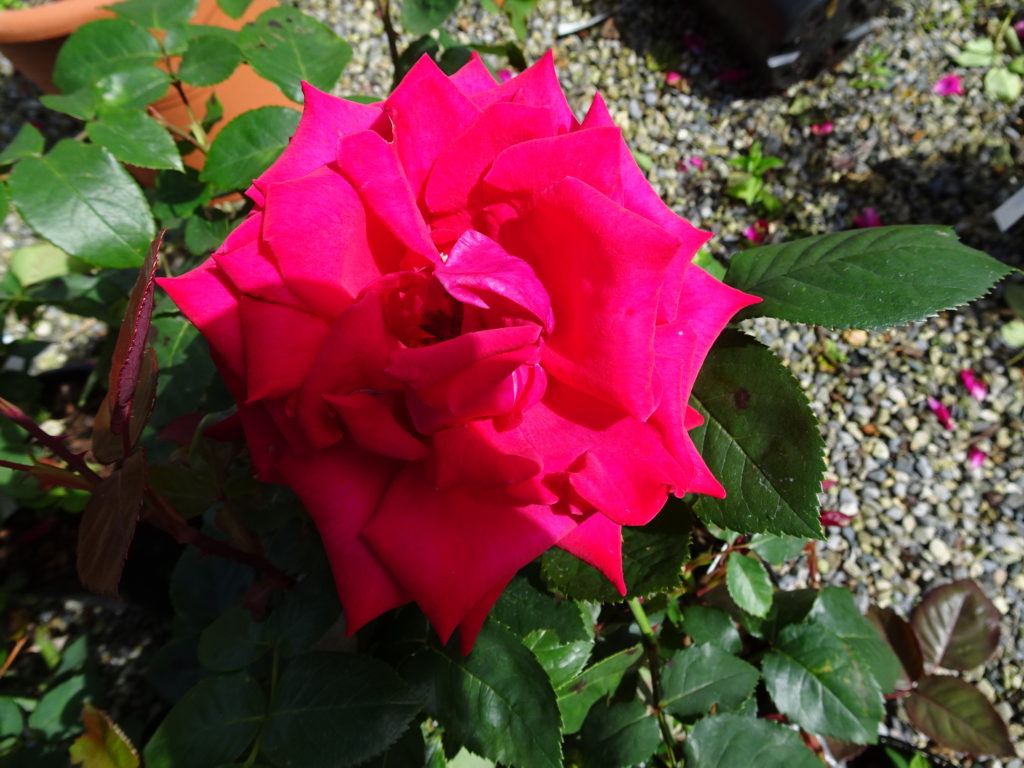
- A medium sized 3 foot high flowering Hybrid Tea rose.
- Spiraling petals of vivid red make florist quality, long stemmed blooms produced throughout the summer and autumn.
- Young foliage is coppery red foliage maturing to a glossy, dark green.
- Different suppliers make differing claims about the scent ranging from undetectable to sweet or strong. I think it is very light compared to most roses.
- The eagle eyed may see some black spot but it is a hardy disease resistant rose that will tolerate poorer conditions than other rosa varieties.
At least the two beneficiaries The Prince’s Trust and the National Trust are still operating as charities even if our Royal National Rose Society is becoming defunct.
